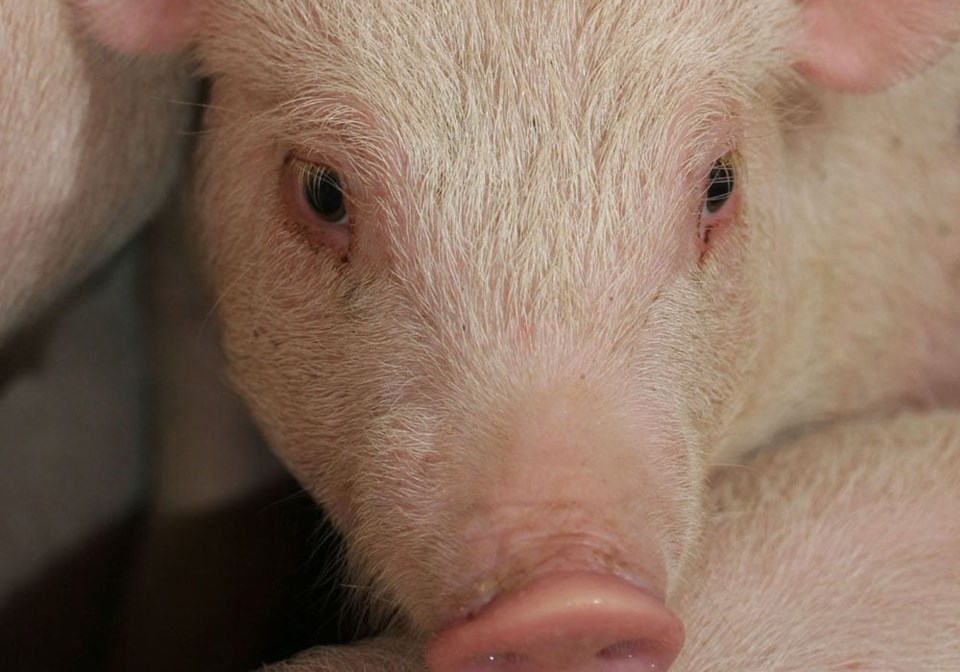WESTERN PRODUCER — China’s hog and pork prices have risen exponentially but that has not caused an increase in herd size, according to Chinese government statistics.
The Ministry of Agriculture is reporting that wholesale pork prices in October are nearly double what they were the same time last year, while hog prices are up nearly 140 percent, according to the Dim Sums blog.
However, data from China’s National Bureau of Statistics indicate that pork output was 12.1 million tonnes in the third quarter of 2022, which is nearly identical to third quarter of 2021 production of 12 million tonnes.
“The number of hogs slaughtered during Q3 this year was almost identical to last year, at 154.5 million, and the inventory of hogs was slightly higher than a year ago,” stated Dim Sums.
The quarterly inventory was 444 million hogs, up from 438 million in the third quarter of 2021.
So, the herd size essentially stayed the same despite a near doubling in pork prices.
Rich Nelson, chief strategist with Allendale Inc., said one thing to keep in mind is that hog and pork prices tanked in 2021 due to reduced demand caused by COVID restrictions, so recent price hikes are more of a price rebound.
But the country has chewed its way through an oversupply of pork as restrictions were lifted and restaurants opened.
That is eventually going to result in a larger hog herd and increased demand for feed ingredients like corn, soybean meal, sorghum and feed peas.
The United States Department of Agriculture is forecasting China will import 98 million tonnes of soybeans in 2022-23, up from 90 million tonnes the previous year. That would be a return to more normal levels.
But Nelson said the trade is starting to get concerned there won’t be the herd expansion required to get to that level of imports.
“We don’t have the break in corn prices yet to really trigger that response,” he said.
Corn is one of the main feed ingredients for China’s hog herd and domestic corn prices remain elevated at levels that are not conducive to herd expansion.
Nelson doesn’t think China’s corn prices will falter anytime soon.
“Since corn prices have not fallen, it’s now up to pork (prices) to trigger this expansion,” he said.
But if pork prices climb too high that will discourage consumption of the product, so it’s a bit of a Catch-22.
The longer the expansion of China’s hog herd is delayed the less chance there is for U.S. soybeans to be the beneficiary of the increased demand. U.S. soybean prices are closely tied to Canadian canola prices.
China prefers to deal with Brazil, where soybeans are harvested in February, so if the expansion occurs in the new year, it will benefit Brazil.
The USDA forecasts a record 152 million tonne soybean crop in Brazil. Exports are pegged at 89.5 million tonnes, the second highest on record.




